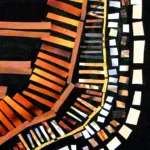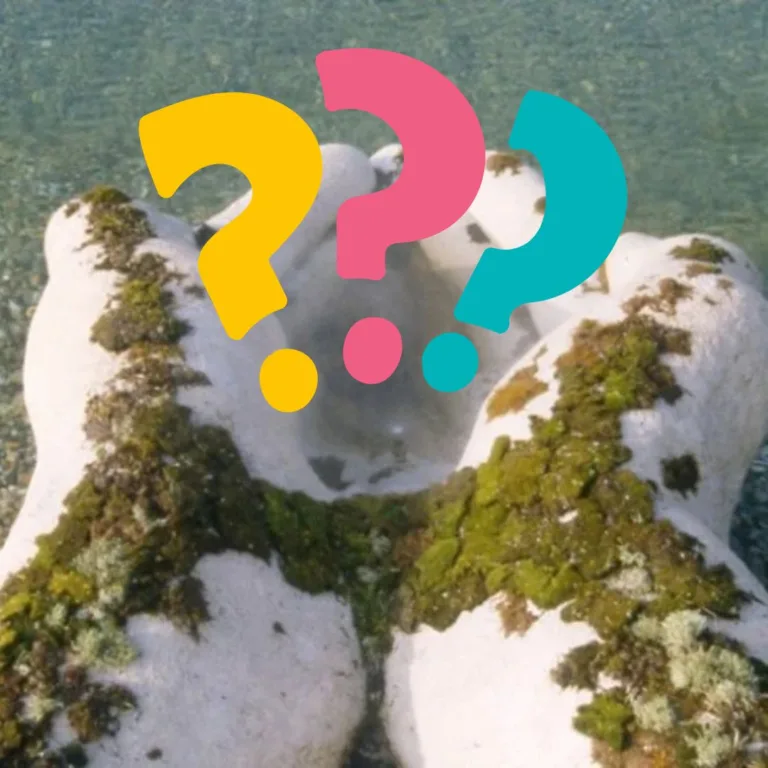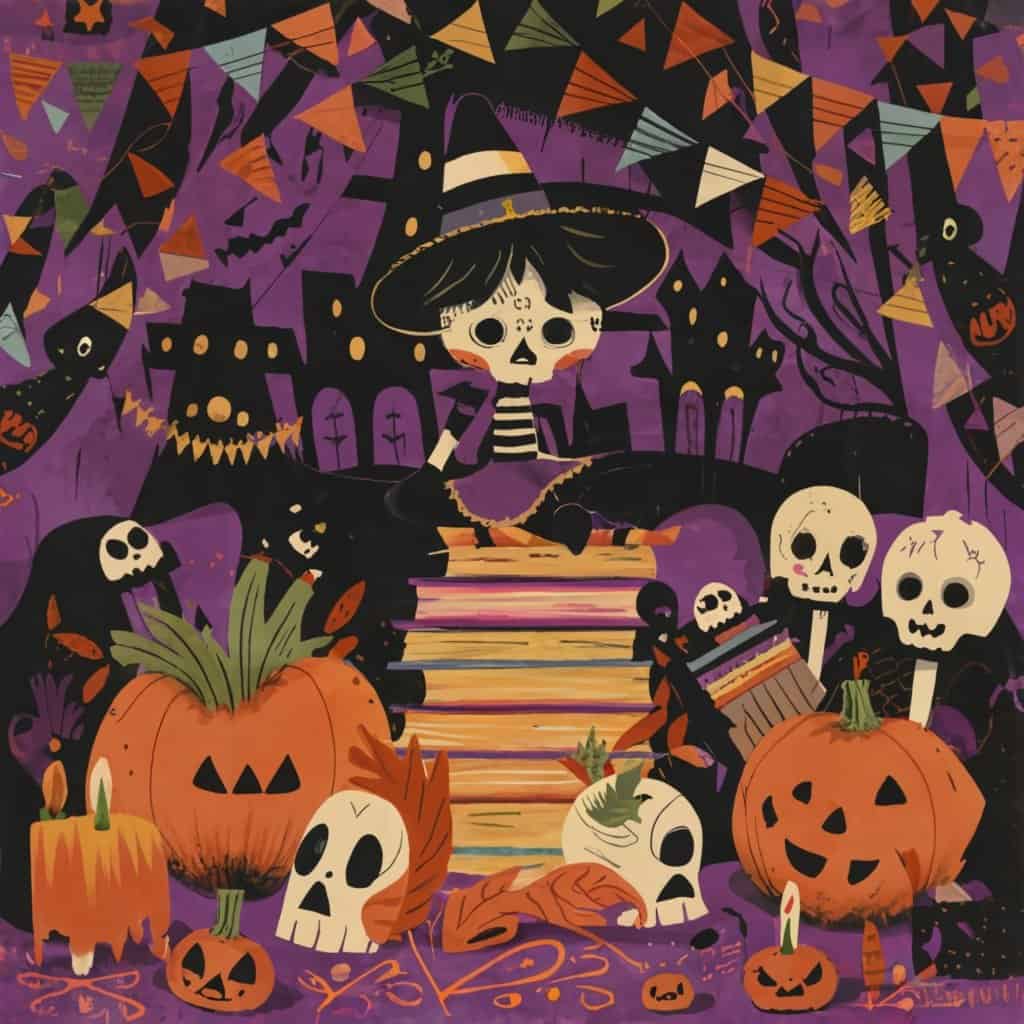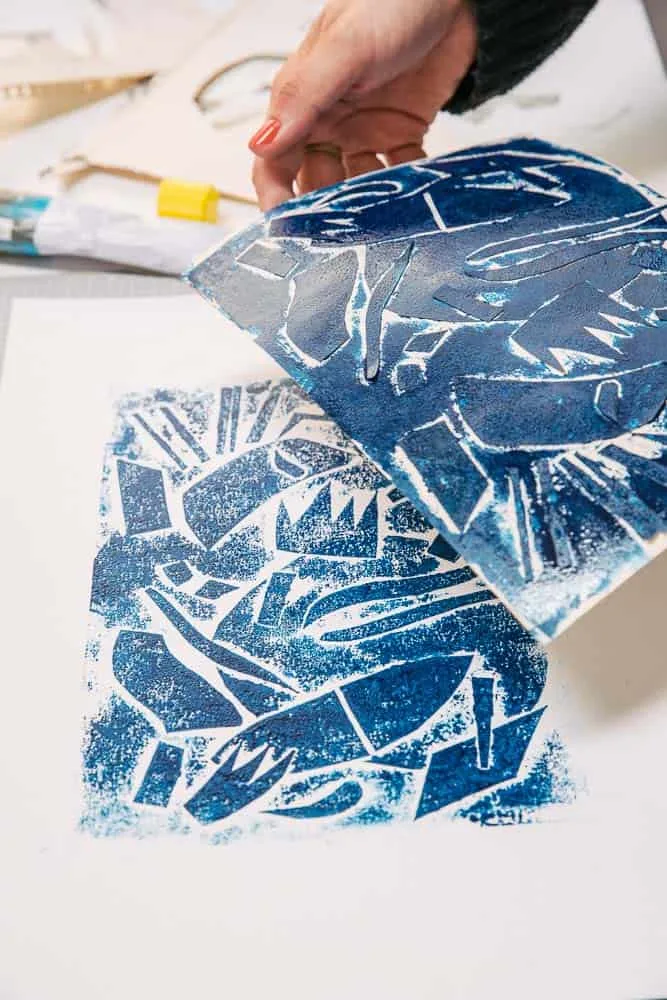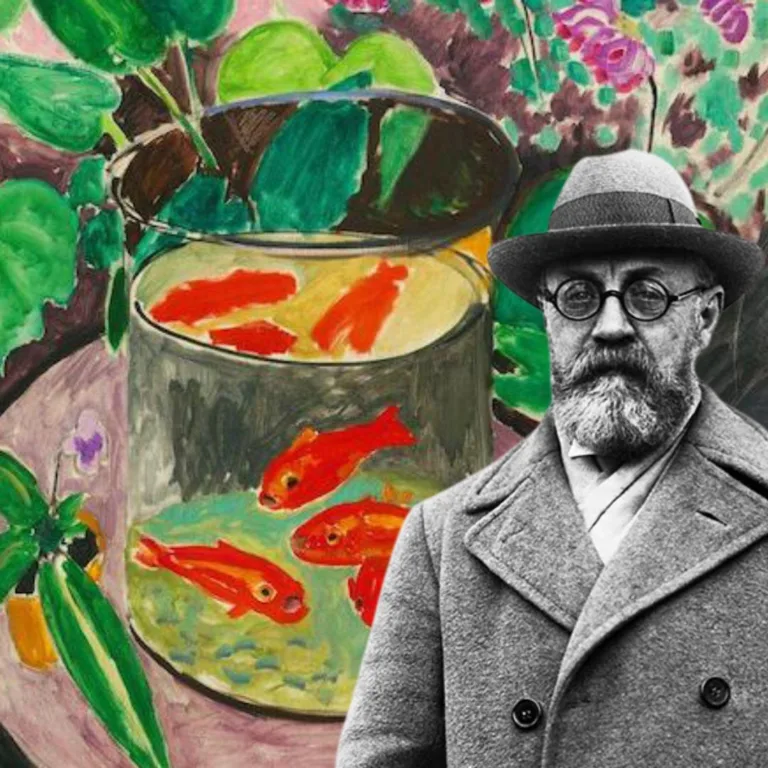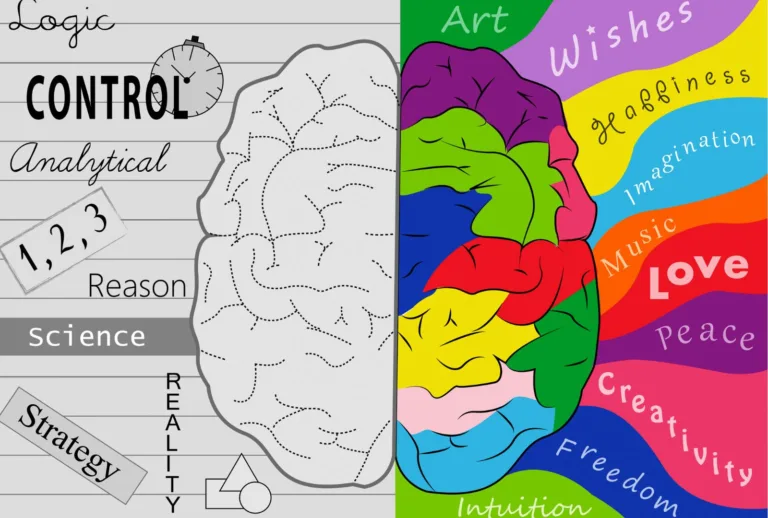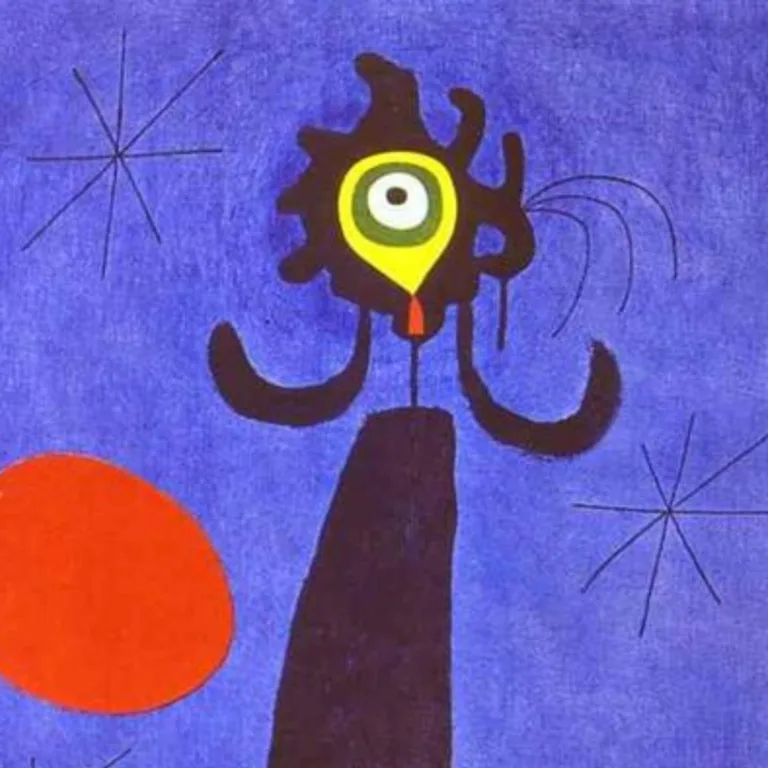The WHY Behind Teaching Art History to Kids
Why Teaching Art History to Kids Matters
In today’s world, children are exposed to a relentless flow of images—from the screens of smartphones to advertising and social media—yet few are equipped with the skills to truly understand or critically engage with these visuals. Art history offers a unique way to address this gap.
More than a study of famous paintings and sculptures, art history provides children with tools that go far beyond the canvas. It teaches them to interpret the world around them, fostering critical thinking, creativity, and cultural literacy.
Art history allows children to look at the past not as a distant, abstract concept, but as a tangible, ongoing dialogue between human experiences. This article explores why teaching children art history is not just beneficial but essential.
From enhancing critical thinking to fostering creativity and empathy, art history opens doors to a richer, more nuanced understanding of life, history, and the future.
Read also: How to Master Lesson Plan Design: Strategies for Creating Engaging Art Classes
Because Art History Connects the Past with the Present
Art serves as a bridge between the past and the present, connecting modern-day learners to the cultures, societies, and individuals that created the works. Through art history, children learn that paintings, sculptures, and architecture are not merely decorative or functional objects; they are reflections of the eras and people that produced them. Each piece of art has a story to tell, whether it’s a Renaissance fresco or an ancient Egyptian sculpture, and these stories offer valuable lessons about the world and humanity’s evolution.

Ancient Egypt
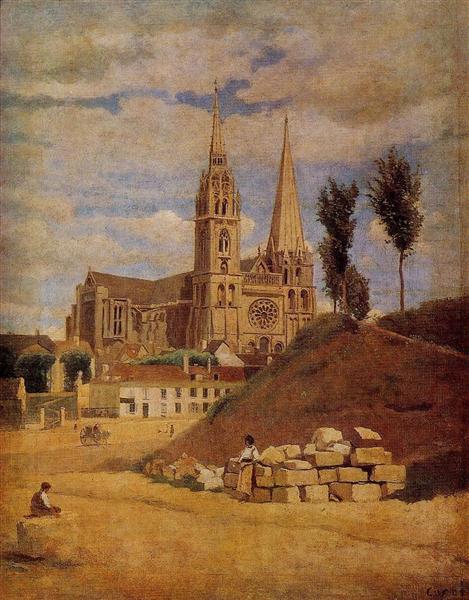
Camille Corot
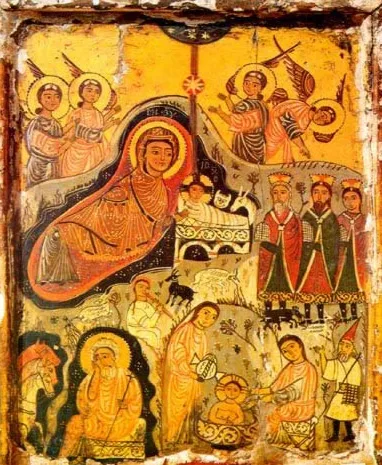
Orthodox Icons
By learning about different art periods, children discover how the social, political, and cultural shifts of history are reflected in art. For example, consider how the rise of humanism during the Renaissance led to more naturalistic depictions of the human form. This wasn’t just a stylistic change; it was a reflection of a broader shift in thinking, where humans and their place in the world were being reevaluated.
By understanding these connections, children can see how art mirrors—and often drives—larger societal changes.
Moreover, understanding art from the past gives children a sense of continuity, helping them recognize that the issues we face today are not entirely new. Themes of power, identity, and justice, for instance, have been explored by artists for centuries, whether in medieval religious art or in the politically charged murals of the 20th century.
When children study these works, they learn that the struggles and triumphs of the past still resonate, shaping the world they live in today.
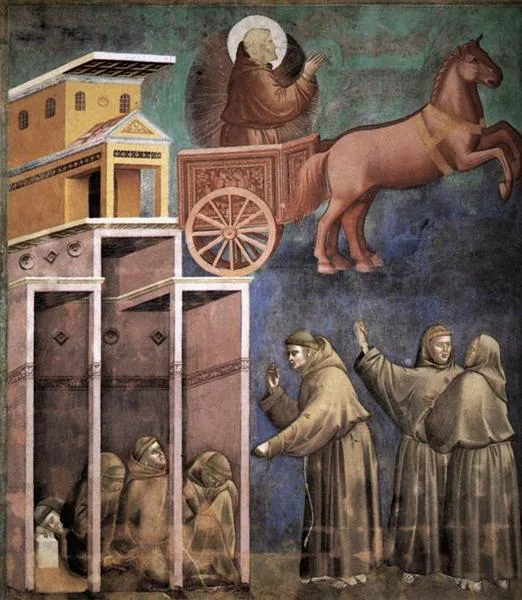
Giotto

Antonello da Messina
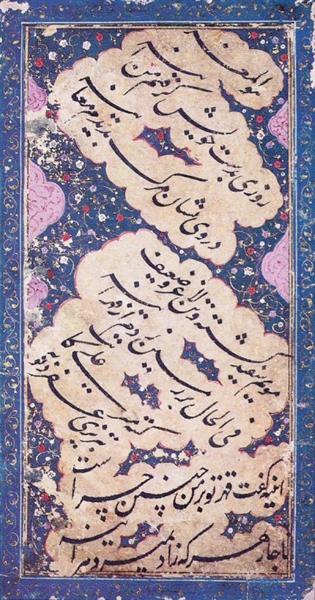
Mir Ali Tabrizi
This understanding can also deepen their appreciation for modern forms of art and media. By tracing the evolution of styles and movements, they come to see how today’s visual culture—whether it’s graphic design, photography, or film—is rooted in the artistic innovations of the past. This not only helps children appreciate the richness of the visual world around them but also equips them with a framework to critically analyze it.
In essence, art history teaches children that the past is never truly gone—it is present in the art that surrounds us, influencing how we think, feel, and see the world.
Read also: Inspiring Young Minds: Must-Have Children’s Art Books for Creative Exploration
Because Art History Fosters Critical Thinking
Critical thinking is one of the most essential skills in education today, and art history offers a unique way to cultivate it. Unlike many academic subjects, art invites interpretation. There are rarely simple, right-or-wrong answers when analyzing a painting or sculpture. Instead, children must engage in thoughtful inquiry, asking questions such as: What was the artist trying to express? How do the colors, shapes, and composition contribute to the meaning of the piece? What cultural or historical context influenced its creation?
This process of inquiry fosters a deep level of critical thinking.
Rather than accepting information at face value, children learn to look deeper, asking “why” and “how.” Art challenges them to think about context, symbolism, and intent, requiring them to synthesize information from multiple perspectives.
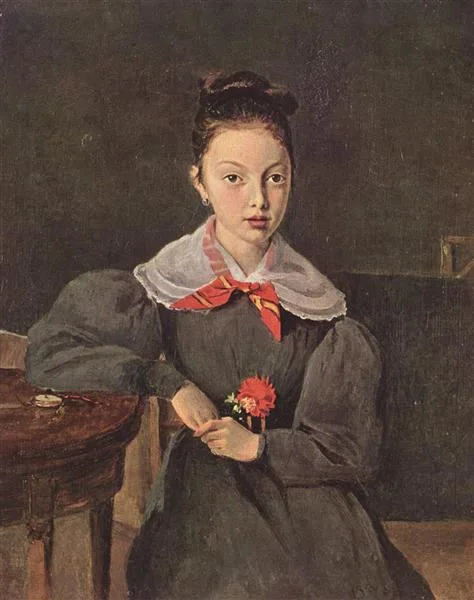
Camille Corot
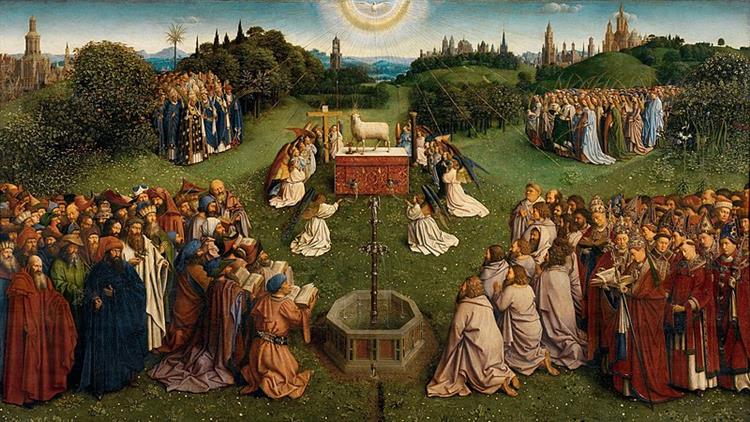
Jan van Eyck
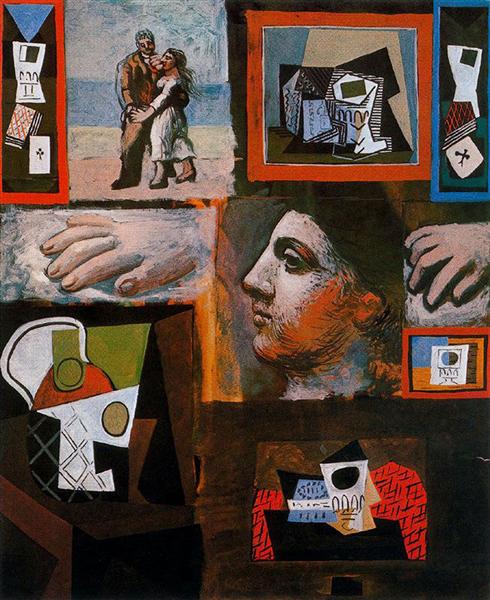
Pablo Picasso
For example, when analyzing a complex painting like Picasso’s Guernica, children may begin by describing what they see—chaos, anguish, fragmented forms—but as they delve deeper, they begin to explore the underlying message of the piece.
Why did Picasso choose to depict the horrors of war in such a fragmented way? How does the use of grayscale contribute to the mood? What historical event is Picasso commenting on, and how might it relate to conflicts that childrenare aware of today?
This type of analysis pushes students to make connections between what they see and what they know about history, culture, and human nature.
Moreover, visual analysis encourages careful observation—an increasingly valuable skill in a world dominated by quick, superficial scrolling through images and information. By training children to look closely and thoughtfully at a piece of art, art history teaches them to notice details and nuances that might otherwise go unnoticed. This skill extends far beyond the art classroom, helping students become more observant and critical readers, writers, and thinkers in every subject.

James McNeill Whistler
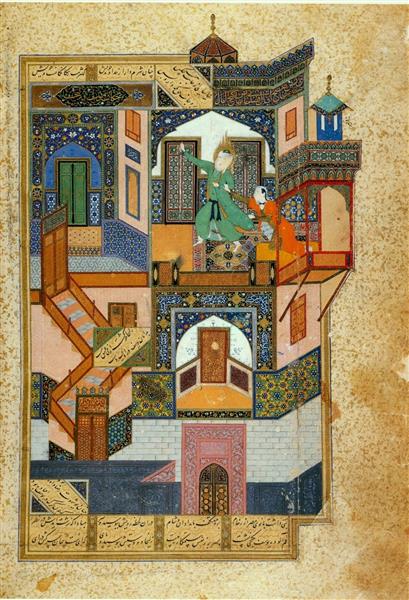
Kamal ud-Din Behzad
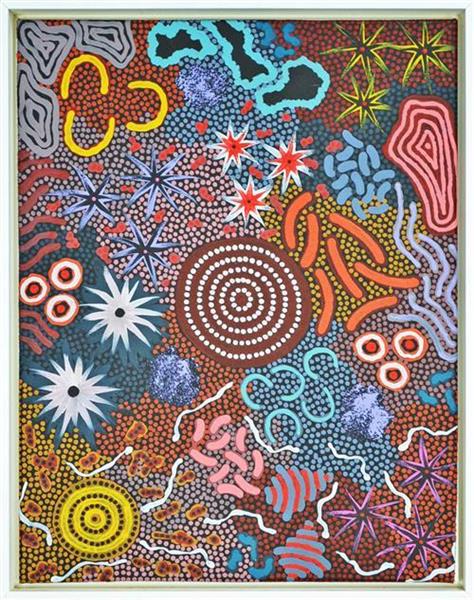
Michelle Possum Nungurrayi
Art history also allows children to see the importance of perspective.
Multiple interpretations of a single piece of art are not only possible but often necessary to fully understand its meaning. This awareness of subjectivity helps children develop intellectual humility, teaching them that their perspective is one of many. In a diverse, multicultural world, this ability to appreciate different viewpoints is an invaluable skill, fostering empathy and open-mindedness.
In a broader sense, the ability to analyze art and ask critical questions trains children to be better problem-solvers.
They learn to approach challenges from different angles, think creatively about solutions, and make informed decisions based on careful observation and analysis. These are skills that will serve them in every aspect of life, from academic pursuits to personal relationships and future careers.
Because Art Appreciation Develops Empathy and Emotional Intelligence
Art is not just about intellectual engagement; it is also an emotional journey. Artists express their deepest fears, joys, and vulnerabilities through their work, and when children learn to interpret these emotions, they develop emotional intelligence. Art history gives children the tools to understand not only the artist’s emotions but also their own, creating a space for empathy to flourish.
Art history is full of stories of individuals and groups who have used art to express struggles, celebrate triumphs, and navigate personal and societal challenges. By engaging with these stories, children learn to see the world from perspectives different from their own. This exposure to diverse human experiences is crucial in nurturing empathy—a skill that is increasingly important in today’s interconnected, yet often divided, world.
Consider the self-portraits of Frida Kahlo, in which she expresses her pain, identity, and resilience. When children study Kahlo’s work, they don’t just learn about her life—they are invited to empathize with her struggles and triumphs. This process of emotional identification fosters a deeper understanding of both the artist and the broader human condition.
Through art, children are exposed to the emotional lives of people from different cultures, eras, and walks of life. They learn that emotions—whether joy, sorrow, fear, or hope—are universal, even if they are expressed in different ways. This exposure helps children develop a more nuanced understanding of the world and the people in it.

Frida Kahlo

Marc Chagall
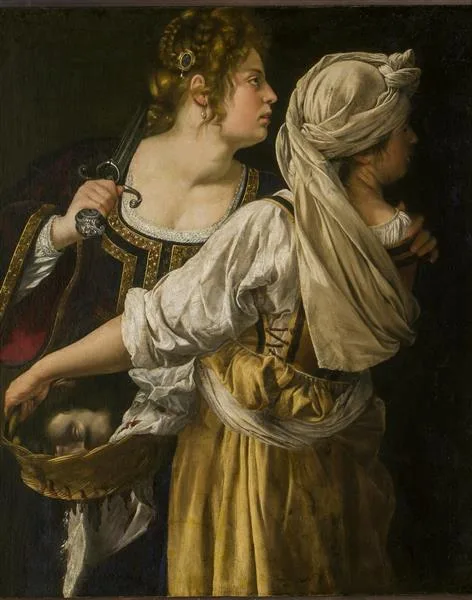
Artemisia Gentileschi
Furthermore, art history encourages children to reflect on their own emotions and experiences. When they see how artists have used their work to navigate personal challenges, children may feel empowered to express themselves through creative outlets.
Art becomes not only a subject of study but also a means of self-exploration and expression, helping children build emotional resilience and confidence.
Because Art Promotes Creativity and Innovation
Art history is a testament to human creativity.
Throughout time, artists have consistently pushed the boundaries of what is possible, using new techniques, materials, and ideas to reimagine the world around them. When children study art history, they learn that creativity is not just about expressing oneself—it’s about problem-solving, experimentation, and challenging conventions.
Consider the innovations of the Renaissance, when artists integrated advances in science and mathematics into their work, redefining what art could represent. Artists like Leonardo da Vinci experimented with anatomy, perspective, and light, blending art and science to push the limits of both fields. These were not just aesthetic innovations; they were creative solutions to intellectual challenges, and they set the stage for centuries of artistic and scientific progress.
Similarly, the modernist movement saw artists responding to the rapid industrial, technological, and social changes of their time. Their creativity was about more than breaking with tradition—it was about finding new ways to reflect and engage with the complexities of modern life. Artists experimented with new materials, techniques, and forms, showing that creativity is a tool for exploring deeper societal issues.
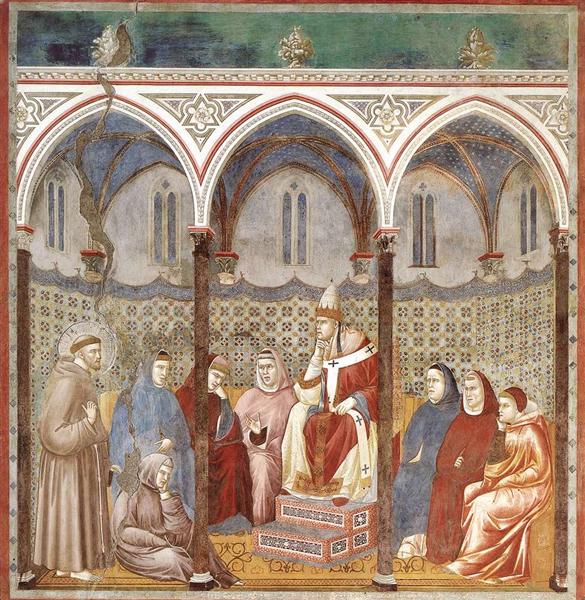
Giotto

Jacques-Louis David
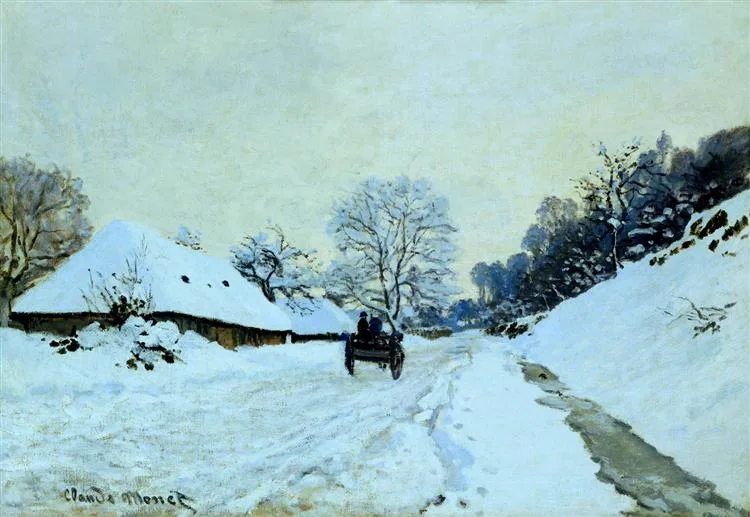
Claude Monet
For children, studying these movements is an invitation to think beyond what exists, to challenge what is accepted, and to explore new possibilities. Creativity becomes a way of thinking—a skill that can be applied to any field, from art to science to business. By learning that innovation often involves breaking the rules and thinking outside the box, children are inspired to approach challenges with curiosity and imagination.
Art history also teaches children that failure is part of the creative process. Many of the greatest artistic breakthroughs came after periods of experimentation and failure.
This is a crucial lesson for children, who are often taught to avoid failure at all costs. Art history reminds them that creativity is not always linear and that mistakes are an essential part of learning and growth.
Because Art History is a Gateway to Cultural Diversity
One of the most profound lessons art history offers is the understanding of cultural diversity. Through art, children are introduced to the visual traditions of societies from around the world, helping them appreciate the richness of global cultures. This exposure not only fosters cultural literacy but also encourages open-mindedness and respect for different perspectives.
Art history challenges ethnocentric views by showing children that great art exists in every culture, not just the Western canon. From the intricate masks of West Africa to the calligraphic art of the Islamic world, children learn that art is a universal language, one that reflects the values, beliefs, and histories of diverse peoples.
By studying non-Western art, children come to appreciate the unique contributions of different cultures and see how these traditions have influenced global art movements. This not only enriches their understanding of art but also broadens their worldview, fostering a sense of empathy and curiosity about cultures beyond their own.
In today’s globalized world, the ability to appreciate and understand cultural diversity is more important than ever.
Art history gives children the tools to do just that, helping them become more thoughtful, informed, and empathetic global citizens.

Johnny Warangkula Tjupurrula
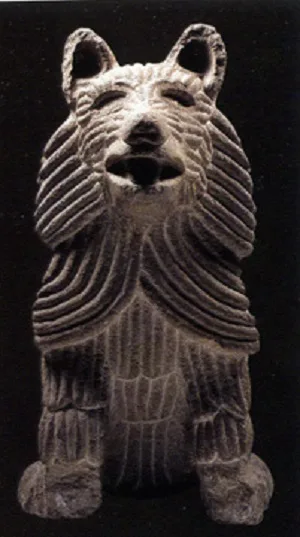
Aztec Art

Mir Ali Tabrizi
Because Teaching Art History Builds Cultural and Visual Literacy
In a world dominated by images, teaching children to “read” visuals is an essential skill. Art history not only helps children understand the historical and cultural context of artworks but also teaches them to interpret visual symbols and narratives. This is known as visual literacy, and it’s a critical skill in an increasingly image-driven world.
Visual literacy extends beyond the art gallery. In an age of digital media, children are constantly bombarded with images—from advertisements to social media posts—that are designed to persuade or manipulate. By learning how to critically analyze images, children become better equipped to navigate the complexities of the modern visual world.
Art history provides a framework for understanding how images communicate ideas. It teaches children to look beyond the surface, to question the intentions behind an image, and to consider the broader context in which it was created. This skill is particularly valuable in today’s media-saturated environment, where children are often the targets of visual marketing and manipulation.
Furthermore, visual literacy helps children become more discerning consumers of media, enabling them to recognize bias, propaganda, and misinformation.
By teaching children to approach images with a critical eye, art history empowers them to make informed decisions in a world where visual information is increasingly influential.

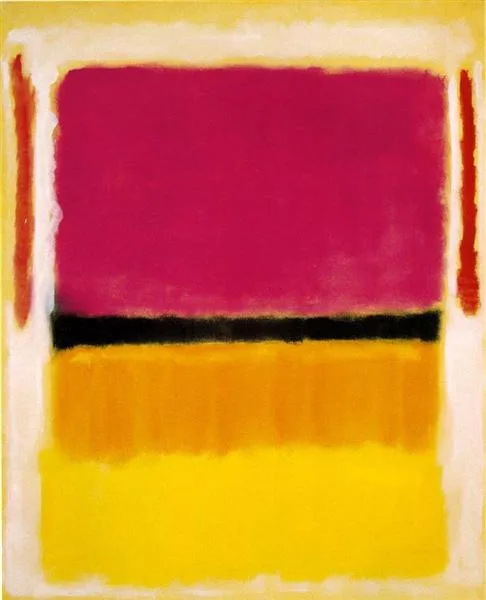
Mark Rothko
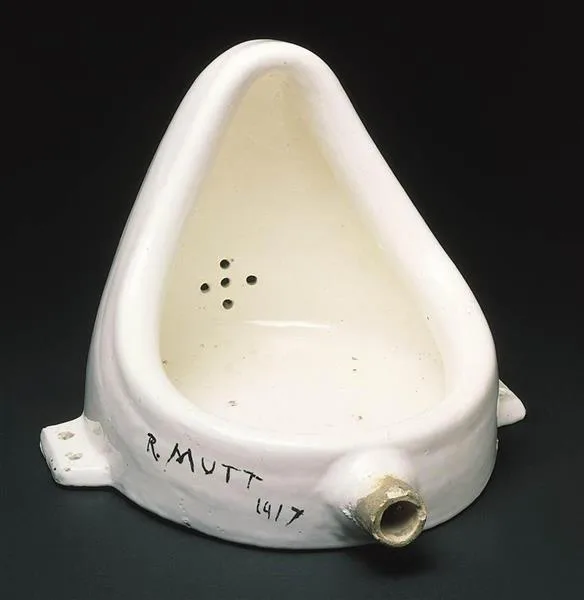
Marcel Duchamp
Because Art is a Lifelong Learning Tool
Teaching art history to children is about far more than introducing them to famous paintings or movements—it’s about equipping them with tools for life. Through art history, children develop creativity, critical thinking, emotional intelligence, and cultural awareness, all of which are essential in today’s complex world.
Art history teaches children to be creative problem-solvers, critical thinkers, and empathetic individuals. It encourages them to explore the world with curiosity and an open mind, to appreciate the diversity of human experience, and to see the connections between the past and the present. By engaging with art, children not only learn about history and culture but also about themselves and their place in the world.
In fostering this connection with art, we ensure that the next generation grows up not just as consumers of images but as thoughtful, empathetic citizens, equipped to innovate, lead, and transform the world for the better.



